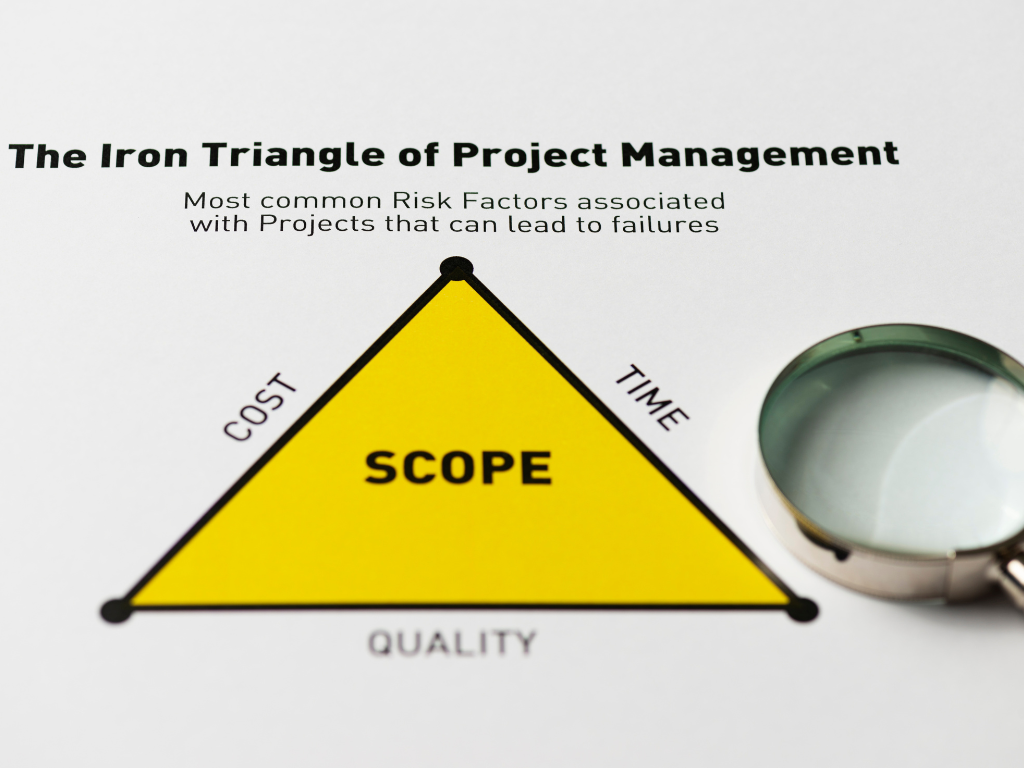Project management is a complex and multifaceted discipline that requires careful planning, execution, and control to ensure successful project outcomes. One of the key techniques used in project management is the triangular technique, also known as the project management triangle. In this article, we will explore what the triangular technique is, its three key elements, the relationship between scope, time, and cost, the benefits of implementing this technique, and tips for successfully applying it in projects.
The Three Elements of the Triangular Technique
The triangular technique in project management is based on the concept that every project has three fundamental elements: scope, time, and cost. These elements are interconnected and directly impact each other throughout the project lifecycle.
-
Scope: The scope of a project defines the deliverables, objectives, and requirements that need to be achieved. It sets the boundaries of the project and provides a clear understanding of what needs to be accomplished. The scope can be influenced by various factors such as client expectations, project stakeholders, and available resources.
-
Time: Time refers to the project duration or the amount of time required to complete the project. It includes activities, milestones, and deadlines that need to be met. Time management is crucial in project management as it helps in scheduling tasks, allocating resources, and identifying critical paths.
-
Cost: Cost represents the financial resources required to complete the project. It includes expenses such as labor, materials, equipment, and overheads. Managing costs effectively is essential to ensure the project remains within budget and financial constraints.
The Relationship between Scope, Time, and Cost in the Triangular Technique
The triangular technique recognizes the inherent relationship between scope, time, and cost. Any change or modification in one element will impact the other two elements. This relationship is often represented by the project management triangle, also known as the iron triangle or the triple constraint.
The project management triangle illustrates that if there is a change in scope, it will affect both time and cost. For example, if the scope of a project is increased, it will require more time and resources, thereby increasing the overall cost. On the other hand, if the scope is reduced, it may result in shorter timelines and lower costs.
Similarly, any change in time or cost will have a corresponding impact on the other two elements. For instance, if the project timeline is shortened, it may require additional resources or overtime, leading to increased costs. Conversely, if the project budget is reduced, it may necessitate a reduction in scope or an extension of the project timeline.
The Benefits of Implementing the Triangular Technique in Project Management
Implementing the triangular technique in project management offers several benefits for organizations and project teams.
-
Improved Decision Making: The triangular technique provides a structured framework for decision making. By considering the interdependencies between scope, time, and cost, project managers can make informed decisions and prioritize resources effectively.
-
Increased Project Control: The triangular technique helps in establishing better control over projects. By monitoring and managing the elements of scope, time, and cost, project managers can identify potential risks, anticipate changes, and take corrective actions to keep the project on track.
-
Enhanced Stakeholder Communication: The project management triangle serves as a visual representation of the project constraints. This facilitates effective communication with stakeholders, enabling them to understand the trade-offs between scope, time, and cost. It also helps in managing stakeholder expectations and resolving conflicts.
-
Efficient Resource Allocation: The triangular technique aids in optimizing resource allocation. By considering the relationship between scope, time, and cost, project managers can allocate resources more efficiently, ensuring that they are utilized effectively to achieve project objectives.
-
Increased Project Success Rate: By effectively managing the interdependencies between scope, time, and cost, organizations can improve the overall success rate of their projects. This leads to higher customer satisfaction, increased profitability, and a positive impact on the organization’s reputation.
Tips for Successfully Applying the Triangular Technique in Projects
To successfully apply the triangular technique in projects, project managers should consider the following tips:
-
Clearly Define the Project Scope: Clearly defining the project scope is essential to avoid scope creep and ensure that all stakeholders have a shared understanding of project objectives and deliverables.
-
Conduct Thorough Time Estimation: Accurate time estimation is crucial for effective project planning. Project managers should consider various factors such as task dependencies, resource availability, and potential risks to estimate project timelines realistically.
-
Implement Robust Cost Management Practices: Implementing robust cost management practices helps in monitoring and controlling project expenditures. Project managers should regularly track project costs, identify cost-saving opportunities, and take corrective actions to stay within budget.
-
Continuously Monitor and Evaluate: Continuous monitoring and evaluation of the project’s progress is essential to identify any deviations from the initial plan. Project managers should regularly review project scope, timelines, and costs and make necessary adjustments to ensure project success.
-
Foster Effective Communication: Effective communication is key to managing the triangular technique successfully. Project managers should foster open and transparent communication channels with stakeholders, ensuring that everyone is aware of any changes or trade-offs.
Conclusion
The triangular technique, with its focus on scope, time, and cost, is a valuable tool in project management. By understanding the relationship between these three elements and implementing the triangular technique effectively, project managers can improve decision-making, increase project control, enhance stakeholder communication, optimize resource allocation, and increase the overall success rate of their projects. When applied with careful consideration and proper planning, the triangular technique can significantly contribute to the successful completion of projects.





